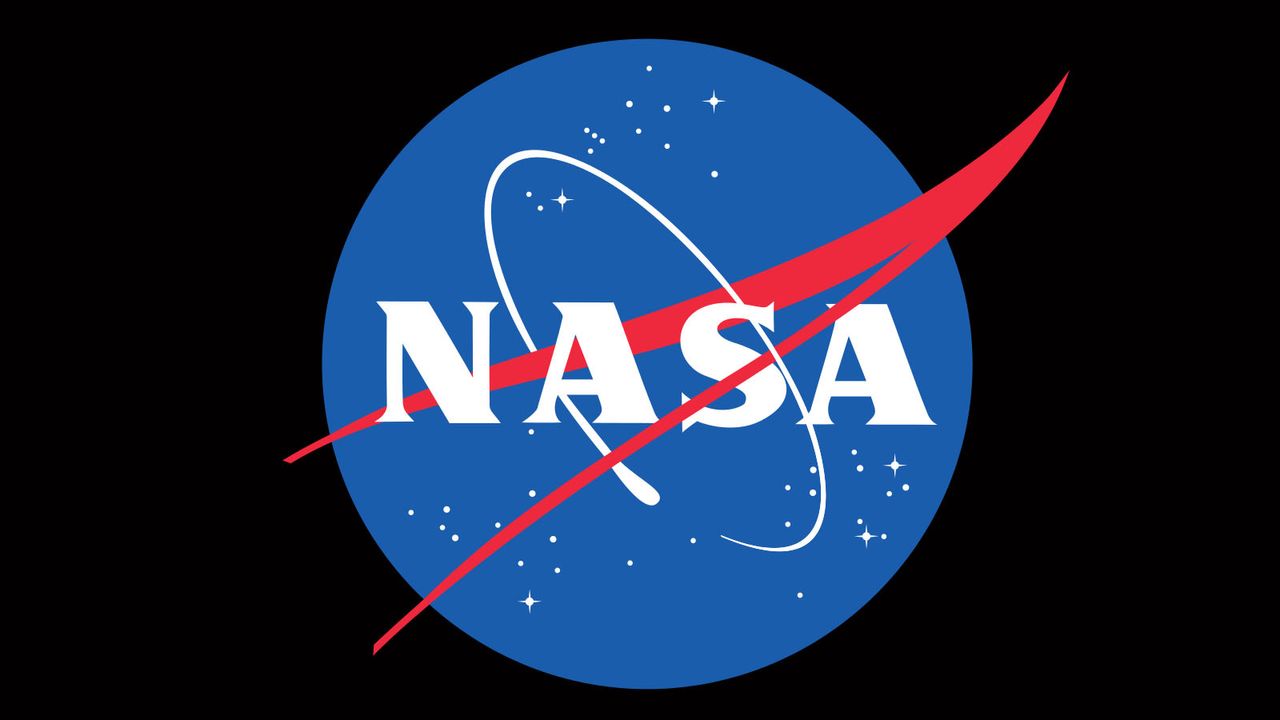NASA is set to experience a significant reduction in its workforce, as nearly 4,000 employees have opted to participate in the Trump administration’s “deferred resignation” program. This decision will lead to a workforce decrease of over 20%, as confirmed by Cheryl Warner, NASA’s News Chief, in an email to reporters on July 25, 2023.
The deferred resignation program (DRP) allows employees to take paid administrative leave until a mutually agreed-upon departure date. This initiative is part of the White House’s broader strategy to cut government spending. Warner noted that NASA employees had two opportunities to apply for the DRP. The first round, which concluded in February, saw approximately 870 employees, or 4.8% of the agency’s workforce, accept the offer. The second round, which closed just before midnight EDT on July 25, attracted about 3,000 employees, representing 16.4% of NASA’s staff.
This second phase also included those who chose to participate in two related programs: the Voluntary Early Retirement Authority and the Voluntary Separation Incentive Program. The actual numbers may still fluctuate, as some employees might withdraw their applications or have their requests denied.
In addition to the DRP participants, NASA has experienced a normal attrition of around 500 employees since the Trump administration began in January 2017. By January 9, 2026, when the employees who opted for the DRP’s second phase will officially leave, NASA’s workforce is projected to be approximately 14,000 individuals. This reduction, driven by the DRP and other initiatives, represents a substantial 21% cut to the agency’s overall staffing levels.
The workforce reduction comes in conjunction with the Trump administration’s proposed budget cuts for NASA. The administration’s federal budget request for 2026 suggests a 24% reduction in the agency’s overall funding, with science budgets facing reductions of nearly 50%. These proposed cuts have sparked significant backlash from the scientific community and advocates for space exploration.
In response to the anticipated budget reductions, nearly 300 NASA scientists have signed the “Voyager Declaration,” expressing concerns that such cuts could have dire implications for American scientific endeavors and astronaut safety. The declaration highlights the potential adverse effects of diminished funding on ongoing and future space missions.
As the situation unfolds, the implications of these workforce reductions and budget cuts could resonate beyond NASA, affecting a range of programs and initiatives that contribute to space science and exploration. Observers and stakeholders alike will be closely monitoring the impact on the agency’s capabilities and future projects.
